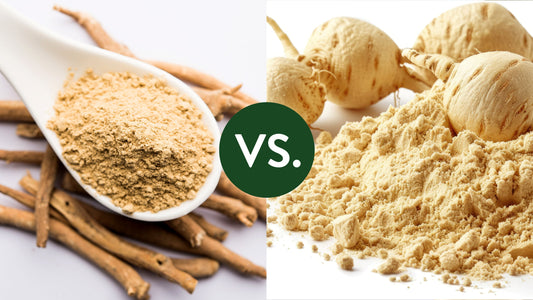
I’m sure you’ve heard the word “diabetes,” maybe even “insulin resistance,” many times. Then after a routine exam and tests, your doctor tells you that you have diabetes or that you may be insulin resistant. The news may stop you cold. Naturally, it’s upsetting to find out that you may have a chronic disease or are at risk for it.
You are not alone. About 15 million women in the United States have diabetes, or about 1 in every 9 adult women, according to the Centers for Disease Control (CDC).
For background, diabetes is a sugar metabolism disorder in which there is too much sugar (glucose) in the blood. Glucose, your body’s chief fuel, is always traveling through your bloodstream. Under normal conditions, it goes from the blood into cells in order to provide nourishment and energy. Glucose enters cells with the help of the hormone insulin, produced in the pancreas. Insulin is the main regulator your body uses to keep glucose in normal ranges.
In diabetes, however, two things can go wrong. Either the body doesn’t make any or enough insulin. Or the cells don’t respond properly to insulin – a condition called insulin resistance – and they receive no nourishment. In both situations, glucose builds up in the body, eventually damaging blood vessels, tissue, organs, and limbs.
Generally, in type 1 diabetes, which is considered to be an autoimmune disease, the body is unable to make insulin. In type 2 diabetes, which is the most common form, the body makes insulin but has a hard time using it.
If you enter menopause with diabetes, you have additional challenges, but they are not insurmountable. For one thing, be prepared for the fact that you may reach menopause before women who do not have the disease. This generally occurs because declining levels of estrogen and progesterone profoundly affect how your cells respond to insulin. Reduced estrogen levels, in particular, can make your body more resistant to insulin. Thus, when you do enter menopause, your insulin requirements can increase.
Progesterone also falls off during menopause. This results in insomnia, mood shifts, and aches and pains, among other symptoms. All of this strains the body, creating stress and elevations in the stress hormone, cortisol. When cortisol is chronically high, this impacts blood sugar levels. All of these hormonal issues become more acute if you are a menopausal woman.
But fortunately, there is plenty you can do to better manage diabetes and menopause. For example:
Follow a Keto-Green diet. This is a combination of keto nutrition (low-carbohydrate) and alkaline eating. We know from scientific studies that restricting carbohydrates, especially processed carbs, is an effective treatment for diabetes and insulin resistance. In fact, a 2015 report in the journal Nutrition stated: “The benefits of carbohydrate restriction in diabetes are immediate and well documented … Dietary carbohydrate restriction reliably reduces high blood glucose, does not require weight loss (although is still best for weight loss), and leads to the reduction or elimination of medication. It has never shown side effects comparable with those seen in many drugs.”
And it turns out that an alkaline diet is therapeutic in treating diabetes too. Research points to two issues. First, an acidic diet can lead to the development of insulin resistance. Second, reducing dietary acid load – which refers to an alkaline diet - may be protective and prevent the onset of type 2 diabetes.
For information on following a Keto-Green diet, refer to my books The Hormone Fix and Keto-Green 16. If you have type 1 diabetes, consider following my Keto-Green Extreme plan, featured in my book MenuPause™. This plan is helpful for autoimmune disorders. We know that type 1 diabetes is caused by an autoimmune process in the body that mistakenly destroys the insulin-producing cells, or beta cells in the pancreas.
All three plans assist with hormonal balance too. But please consult your doctor prior to starting any new diet if you have diabetes.
Measure your blood sugar frequently. In menopause, you may need to check your blood sugar level more often than usual each day and occasionally in the evening. Regular testing helps ensure that your self-care program is working. Keep a record of your blood sugar readings and symptoms. This information can help your doctor adjust your medication (if you are taking medication) as needed.
Get fit to fight diabetes. The more active you are, the more successful you will be in controlling your diabetes. The combination of two forms of exercise – cardio and resistance training – help normalize your blood sugar, make your cells more sensitive to insulin, and help boost your metabolism. Exercising has also been shown to reduce some patients’ requirement for insulin. Also, regular workouts help keep cortisol in balance. Overall, exercise is also important for reducing midlife diseases such as heart disease and osteoporosis.
So there you have it – a few easy steps to controlling diabetes in menopause. They can help you lead a fuller, healthier life. I encourage you to take these steps and discover the benefits for yourself.
If you’re interested in learning more about insulin issues in menopause, order your copy of MenuPause™ now and start reaping the many benefits of my recommended dietary plans. You can also learn more about diabetes by watching my free master class: Diabetes, Prediabetes & Women



